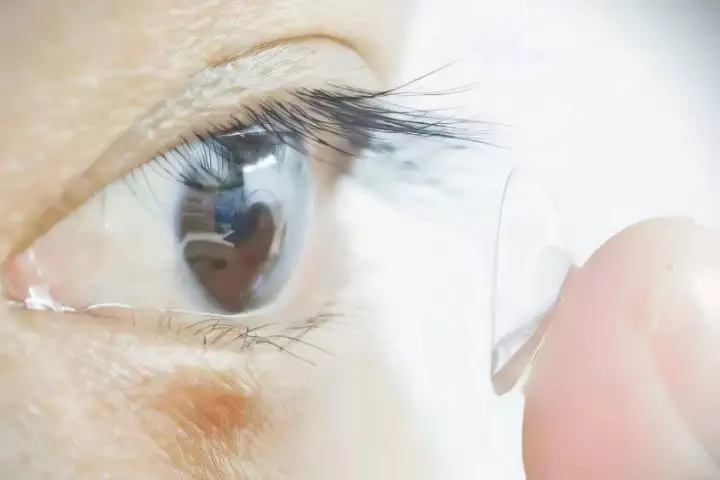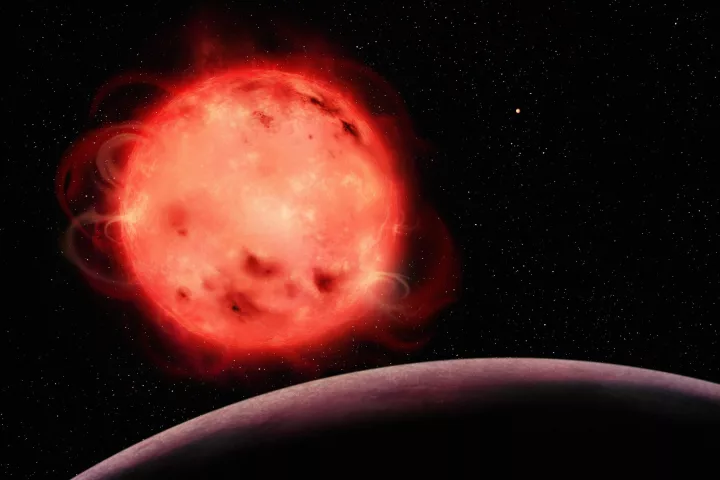Infrared
-
It certainly sounds like something from a new sci-fi series, but a power-free set of contact lenses impregnated with nanoparticles has proven successful in allowing humans to see what has previously been invisible – even when their eyes are closed.
-
The new Ulti Stove System makes impossible meals possible, says its creator Primus. In fact, Primus straight-out declares the Ulti its most wind-resistant, powerful cooking solution ever. High-alpine and Arctic camp cooking just got easier.
-
Although sunscreen does help protect our skin from the sun's harmful UV rays, it isn't designed to keep that skin cool. An experimental new sunscreen does that very thing, however, while maintaining an SPF rating of about 50.
-
E Ink screens are not only kinder to your eyes, but offer great battery life due to their low power draw. But a new display from Digital View doesn't have a battery at all, and gets the juice it needs from an overhead Wi-Charge wireless power module.
-
No matter how important something is, too much of anything is bad for you. Scientists have now put that principle to work to kill cancer, with a new drug that causes calcium to build up and choke the tumor to death.
-
“Astronomers discover a completely unknown object floating around in space” is a common news theme, but it’s fun every time. The latest is a brand new type of star – ancient red giants the team has nicknamed “Old Smokers.”
-
It’s easy to forget that most animals don’t see the world the way humans do. In fact, many perceive colors that are invisible to us. But now, for the first time, scientists have found a way to capture footage as seen by animals, and it's mesmerizing.
-
Astronomers have discovered the most distant – and therefore earliest – known black hole. Hiding in a galaxy called GN-z11, this black hole is bigger than should be possible given the age of the universe.
-
The James Webb Space Telescope may have been touted a successor to Hubble, but the old-timer still has some life left in it. These two iconic instruments have now teamed up to take a deep-field image of the colorful “Christmas Tree galaxy cluster.”
-
The best places to search for life beyond Earth aren’t planets like Mars – they’re icy moons like Europa. The case for life on this watery world just got stronger, as the James Webb Space Telescope has detected a fresh carbon source there.
-
The James Webb Space Telescope has achieved one of the first major science goals announced for it way back in 2017. The infrared instrument has now probed the atmosphere around one of the TRAPPIST-1 exoplanets.
-
Windows are pretty basic necessities for letting in light and heat, but you don’t always want both at once. Now engineers at North Carolina State University have developed a new material that allows windows to easily switch between three modes.
Load More











